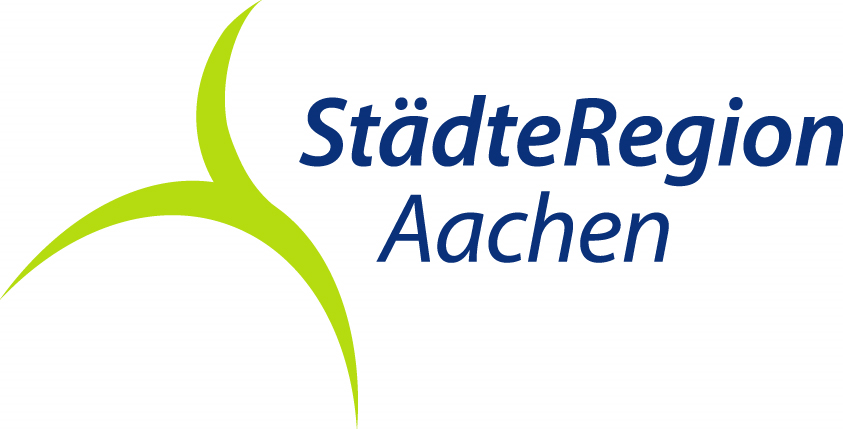GrenzRoute 4: Zeugnisse der Aachener Stadtgeschichte
Aachen
The theme is the Landgraben, which formed the outer border of the Aachen Empire and whose course is clearly visible along today's border with Belgium. There are other local historical attractions along the route that are definitely worth a look or a short detour.
The hike starts at the Waldschenke and first leads through the Königswald forest. It passes the Mulleklenkes telecommunications tower, a short stretch on Belgian territory, before the route reaches the Dreiländerpunkt. As the name suggests, the borders of the Netherlands, Belgium and Germany converge at this point. With around 800,000 visitors a year, the place has become an attraction for tourists. Also the highest point in the Netherlands at 322.5 meters above sea level, the Dreiländerpunkt also stands for the historically grown similarities and connections between the inhabitants of the three-country region.
From the Dreiländerpunkt, the route leads through the forest of the same name in a north-westerly direction. In some places, the path is embedded in the surrounding landscape. To the right and left of the path, steep "walls" rise up to several meters high. These are so-called hollow paths, which have been created over the centuries by continuous use by carts, freight traffic and cattle drives. The stagecoach route from Aachen to Liège ran along the Dreiländerweg and its extension to Belgium. With the construction of the Liège road around 1750, this once heavily frequented route fell into disrepair.
The border route crosses witnesses to regional history as it continues through natural terrain. One example is the Beeck tower located directly on the Dreiländerweg. This 15th century fortification is one of the former eight watchtowers of the Aachen Empire. The Geusenweg adjoins the Beeck tower. It served as a church path for the religiously persecuted "Geusen", who lived in Spanish-ruled Flanders and Artois in the mid-16th century. After the Second World War, an almost hidden hollow path connection between Geusenweg and Reinartzkehl was known as "Kaffeegasse", as it served smugglers as a hidden hiding place.
Beyond the Reinartzkehl estate, the border route reaches the Friedrichwald forest. On its northern edge, it follows a particularly beautiful section of the inner moat for some time. In the north of the Preuswald forest, you return to the starting point at the Waldschenke.
























